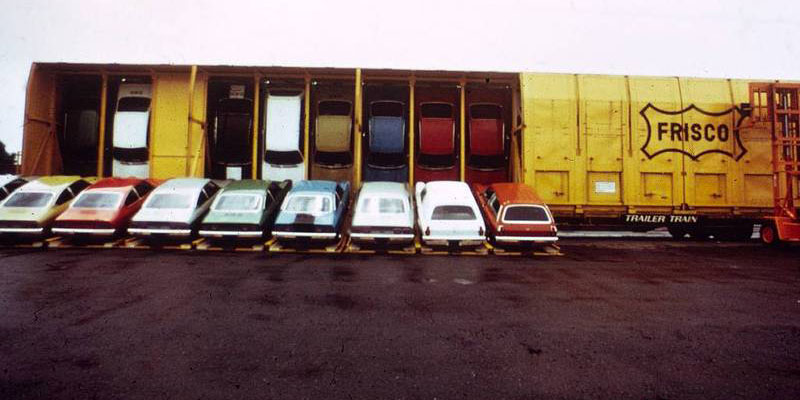Somebody at Hemming's publications covered this a while ago.
The Vega was designed to ship this way, with baffles for engine oil, floorpan reinforcements, and other special features.
It was a clever thought, but you'll notice nobody has ever done it again, including GM: it was found to be far more trouble than it was worth, and saved a lot less money than projected.








